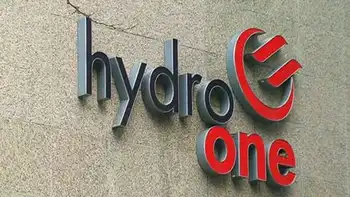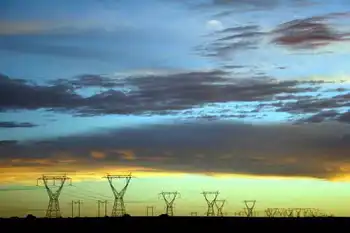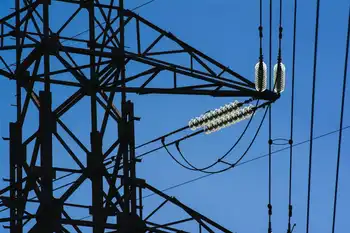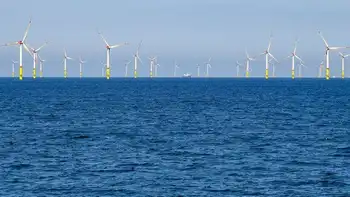Power system upgrades keep AC flowing
By Boston Globe
NFPA 70b Training - Electrical Maintenance
Our customized live online or in‑person group training can be delivered to your staff at your location.

- Live Online
- 12 hours Instructor-led
- Group Training Available
Temperatures boiling over into the mid-90s have helped push demand for electricity to its highest levels so far this year. And yet, despite the hottest days, which peaked at 95 degrees at Logan International Airport, power grid and local utility company officials said handling the heat has been a relative breeze.
Power grid officials said they learned some hard lessons from the summers of 2001 and 2002, when a number of heat-related outages plagued Greater Boston. Part of the problem was an outdated delivery system weakened by the closing of several older power plants. Since then, new transmission lines have been built, old ones have been upgraded, and new generating plants have come online.
“Clearly we were in a much more vulnerable position back then,’’ said Gordon van Welie, head of ISO New England, the organization in Holyoke that runs the regional power grid.
Close to $4 billion has been invested in upgrades to the grid and more is coming, van Welie said. Currently, the grid can generate roughly 32,000 megawatts of power — a 21.5 percent increase from 26,336 megawatts in 2001 — with one megawatt being enough to power 700 to 1,000 homes. That increased capacity improves reliability and lessens the chances of an outage for the 6.5 million households and businesses in New England served by the grid.
Some of that increase in capacity comes from three transmission line projects NStar completed in 2006 and 2007.
“They essentially increased our ability to import power into our service area by about 1,800 megawatts,’’ said Werner Schweiger, senior vice president of operations for NStar, which serves 1.1 million electric customers in Massachusetts. Now, outages experienced by NStar customers are shorter and less frequent than in 2001. Then, the average outage was 100 minutes, and there was one about every 9.5 months. The time between outages now averages 15 months, and they last an average of 76 minutes.
National Grid also has made significant improvements to the way it gets power to its 1.2 million Massachusetts electric customers. It has reinforced approximately 4,000 miles of overhead power lines, and now can isolate portions of a line experiencing a problem, said spokeswoman Deborah Drew. The number and frequency of outages have also dropped, Drew said. In 2008, the average customer experienced an outage a year that lasted roughly 118 minutes, down from 2005, when customers experienced 1.6 outages a year that lasted about 176 minutes.
Energy analyst Mary Novak, from Lexington economic forecasting firm IHS Global Insight, said the summerÂ’s mild weather, recent emphasis on becoming more energy efficient, and even the recession have helped suppress electricity use.
“Electricity use is actually quite closely tied to the number of employees (at work),’’ Novak said. “If you’re not there sitting in your office, you don’t need the lights turned on.’’
Add in upgrades to the power system in recent years, Novak said, and the grid is “probably a little overbuilt.’’
According to van Welie, there has been about a 6 percent drop in electricity use compared with this period last year.
“What that translates into, from a system operator point of view, is a much more comfortable situation,’’ he said.
ISO New England was predicting that the day’s demand for power would top out at 26,010 megawatts — far shy of the record 28,130 megawatts set on August 2, 2006.
Even so, grid officials and utility workers said the recent temperatures prompted them to ramp up their game. At NStar, workers held four conference calls — three more than usual — to track power delivery.
“We spend the entire year preparing for peak demand,’’ said Schweiger. “On days like today, over in our control center we have our engineers teamed up with our operators, and they spend the day monitoring our assets.’’











